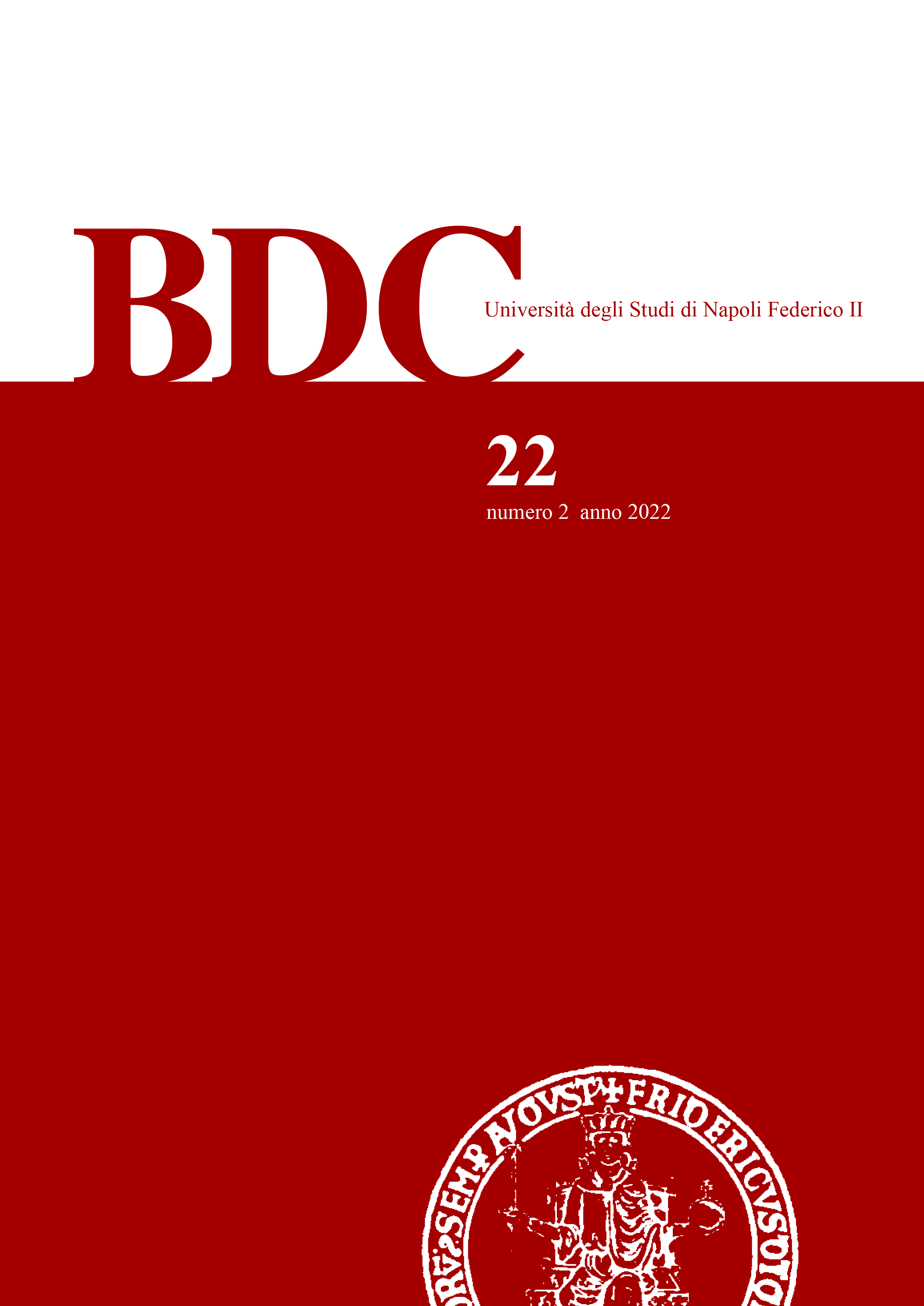Indicatori per la Città Circolare nella transizione ecologica ed energetica
DOI:
https://doi.org/10.6093/2284-4732/10099Abstract
Indicators for the Circular City
Cities are important places for the cultural, social, and economic human development, centers of innovation, productivity, commerce, wealth, and social inclusion. At the same time, cities are places where critical issues related to urbanization arise. The scenario that by 2050 two thirds of the world’s population will live in cities confirm that cities will still be responsible for growing consumption, due to the persistent linear economy, which determines a significant production of waste. In the light of this unsustainable condition, the Circular City paradigm, which encompasses all the principles of the Circular Economy (recovery, recycling and sharing) offers the opportunity to rethink the way goods and services are produced and used, exploring new approaches to ensure long-term prosperity.
These principles find direct application in urban planning and design, at different scales.
Within this framework, the manuscript proposes a methodology to define a conceptual framework to develop a composite index capable of measuring the degree of circularity of urban regeneration schemes, with reference to the public city, thus supporting urban governance to achieve the European Green New Deal objectives.
Keywords: circular city, energy transition, public real estate asset

